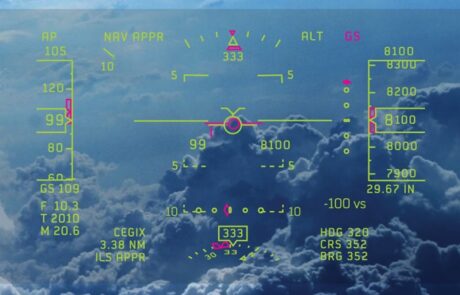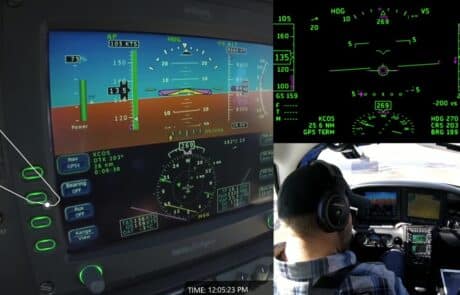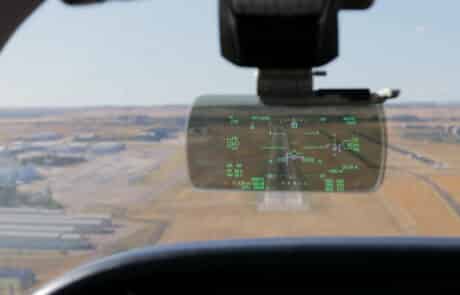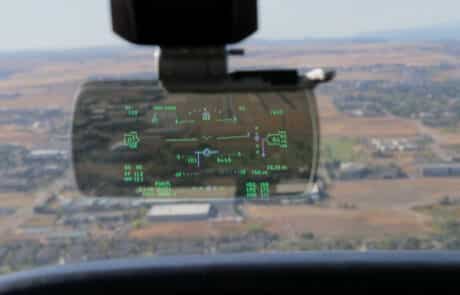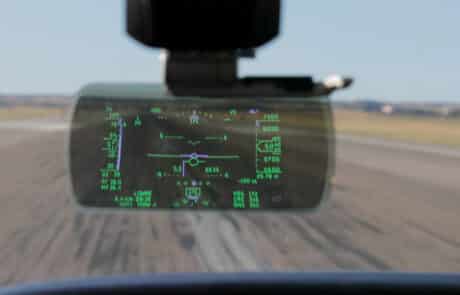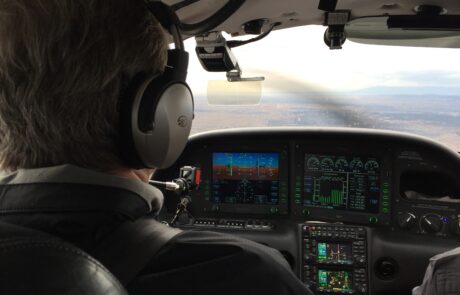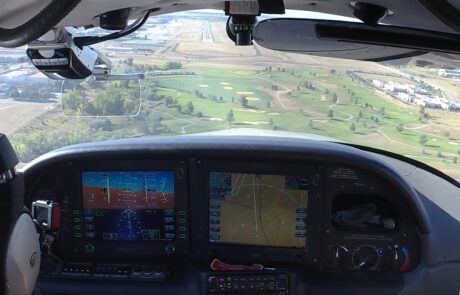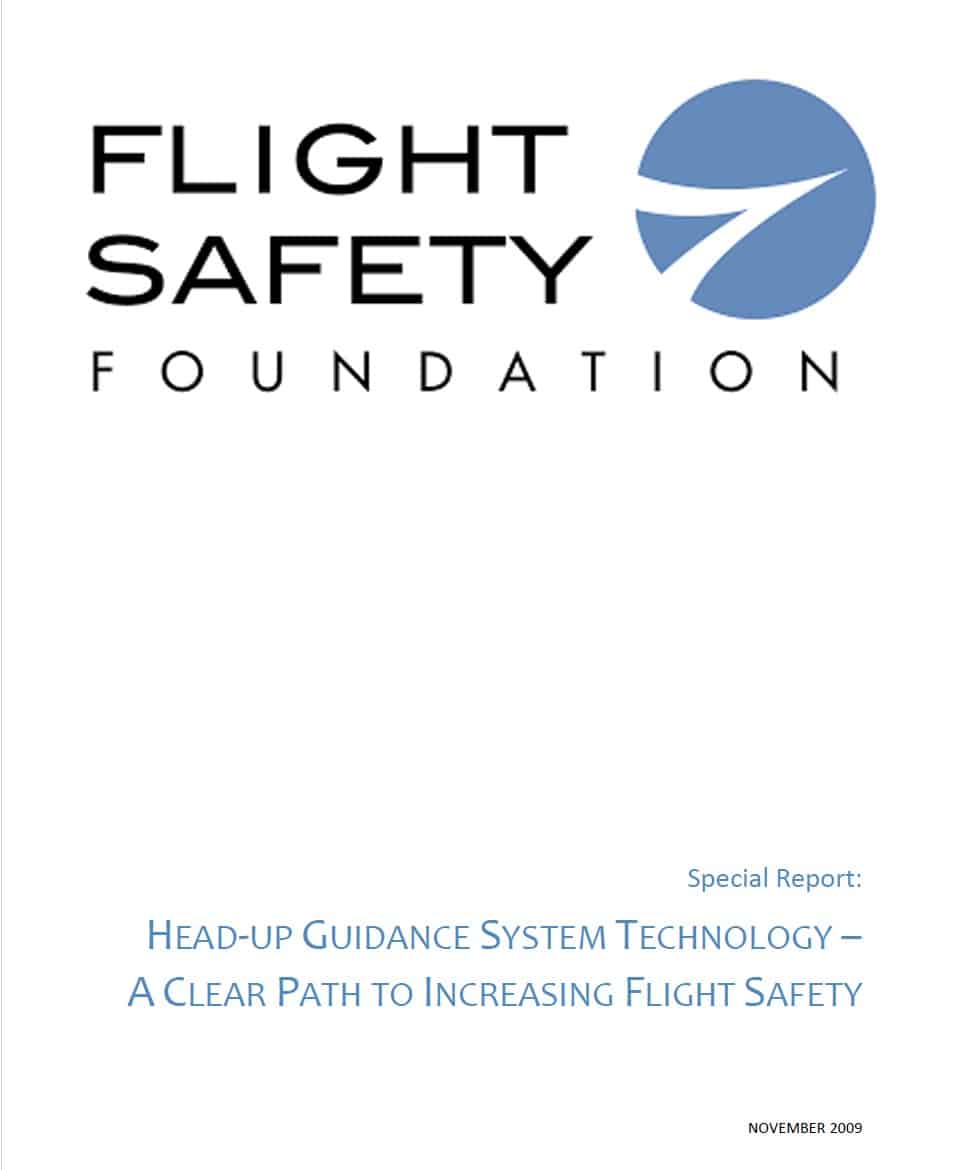Why fly with a HUD? A non-instrument rated pilot flew an aircraft he had never flown before equipped with the SKYDISPLAY™ HUD.
He flew perfectly for two hours; precise takeoff at rotation speed, perfect climb out, held level flight with precision turns and made two perfect on the numbers instrument landings for the first time ever. All by hand. Amazing.
This shows that the HUD can raise the capability of a pilot beyond their experience or proficiency level.
This story is also consistent with the findings of experienced HUD pilots and the study conducted by Flight Safety on the use of HUDs in aviation. All conclude the same thing…
Flying with a HUD is safer. Period.
The SKYDISPLAY™ HUD aligns critical flight information with a pilot’s outside view. It provides head-up guidance cues based on the information contained in the aircraft’s primary flight instruments.
With the next generation of display technologies, a small footprint has been achieved allowing a HUD to fit into many cockpits that before were not an option. A HUD raises the proficiency of all pilots in all conditions and phases of flight. HUDs make flying safer.
Critical flight information from the aircraft’s flight deck display Head-Up. Climb/Dive Marker [similar to Flight Path Marker], Flight Director Cue, Aircraft Energy, Altitude, Speed and other safety features all visible as the pilot looks outside.
OPERATIONAL CAPABILITIES
Rotate exactly at rotation speed for maximum obstacle clearance and runway remaining
Ability to maintain altitude and precision turns by looking outside and seeing position information at the same time
Alignment of critical flight information with pilot’s outside view enhances situational awareness. Airspeed management is precisely managed when also looking outside. Also aids in the transition from IMC to VMC and inadvertent VMC to IMC
Climb/Dive Marker with the flight director cue makes hand flying an approach intuitive, easier, smoother and safer. Precise management of airspeed and altitude creates a stable approach. Also, a major reduction in workload, critical in single pilot and/or IMC operations
Gone is spatial disorientation, vertigo and nausea from up/down/up head movement to retrieve information while experiencing g-forces in descent
Provides avionics visibility in a smoke filled cockpit or when a display fails
FLIGHT SAFETY HUD STUDY – A Clear Path to Increasing Flight Safety. 1990, 2009.
The Flight Safety Foundation did a special report on the impact of Head-Up Guidance System Technology. Of the accidents studied, 38% would have been lessened or avoided with the use of a HUD.
- Air Tractor
- Beechcraft Bonanza
- Beechcraft Baron
- Cessna 421
- Cessna Conquest
- Cessna Mustang
- Cessna Citation CJ2+
- Cessna Citation CJ4
- Cirrus SR22
- Cirrus Vision Jet
- Embraer Phenom 100
- King Air 300
- Mooney M20
- Pilatus PC12
- Piper Twin Comanche
- Piper Cheyenne
- Piper Malibu Matrix
- TBM 700a
- TBM 850
- Aspen
- Avydne
- Garmin
- Honeywell
FOR PART 23 AIRCRAFT
SKYDISPLAY HUD is for single engine piston, twin, turbo-prop and light jet aircraft.

